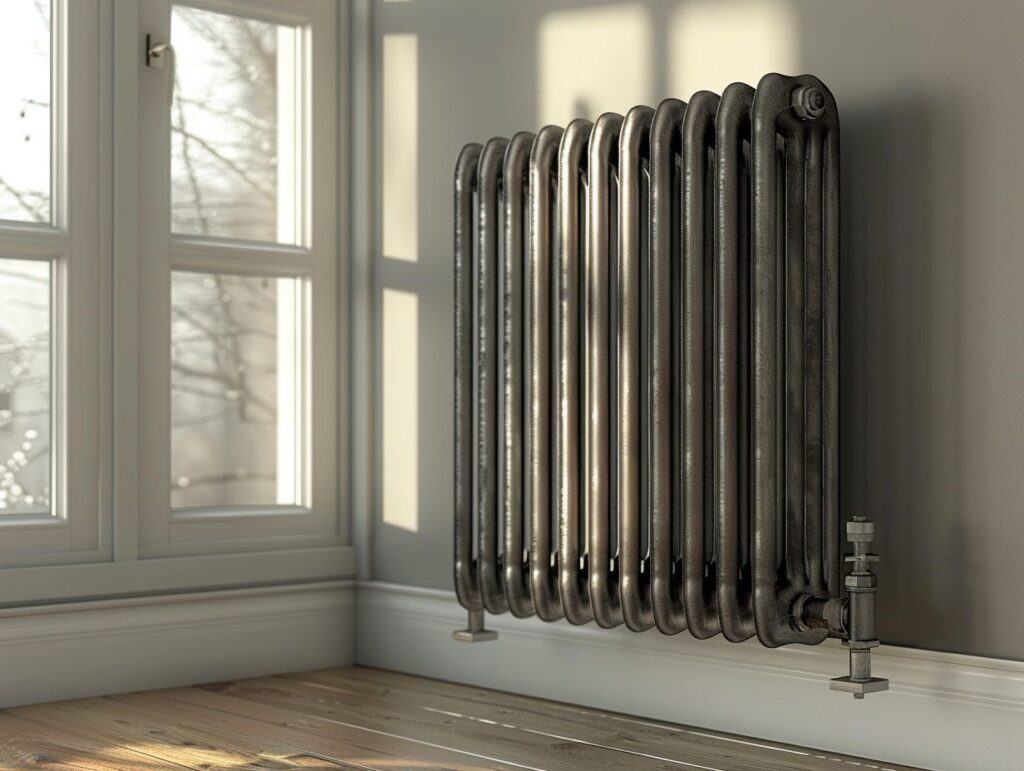Traditional radiators have a long history dating back to their origins and subsequent evolution. This article explores the different factors that affect their durability, such as the materials used and the required maintenance.
By identifying the warning signs of deterioration that may indicate the need for replacement, you can better understand how to preserve the longevity of traditional radiators. Find useful tips for effectively maintaining these fixtures and know when it might be time to consider an upgrade.
Key Takeaways:
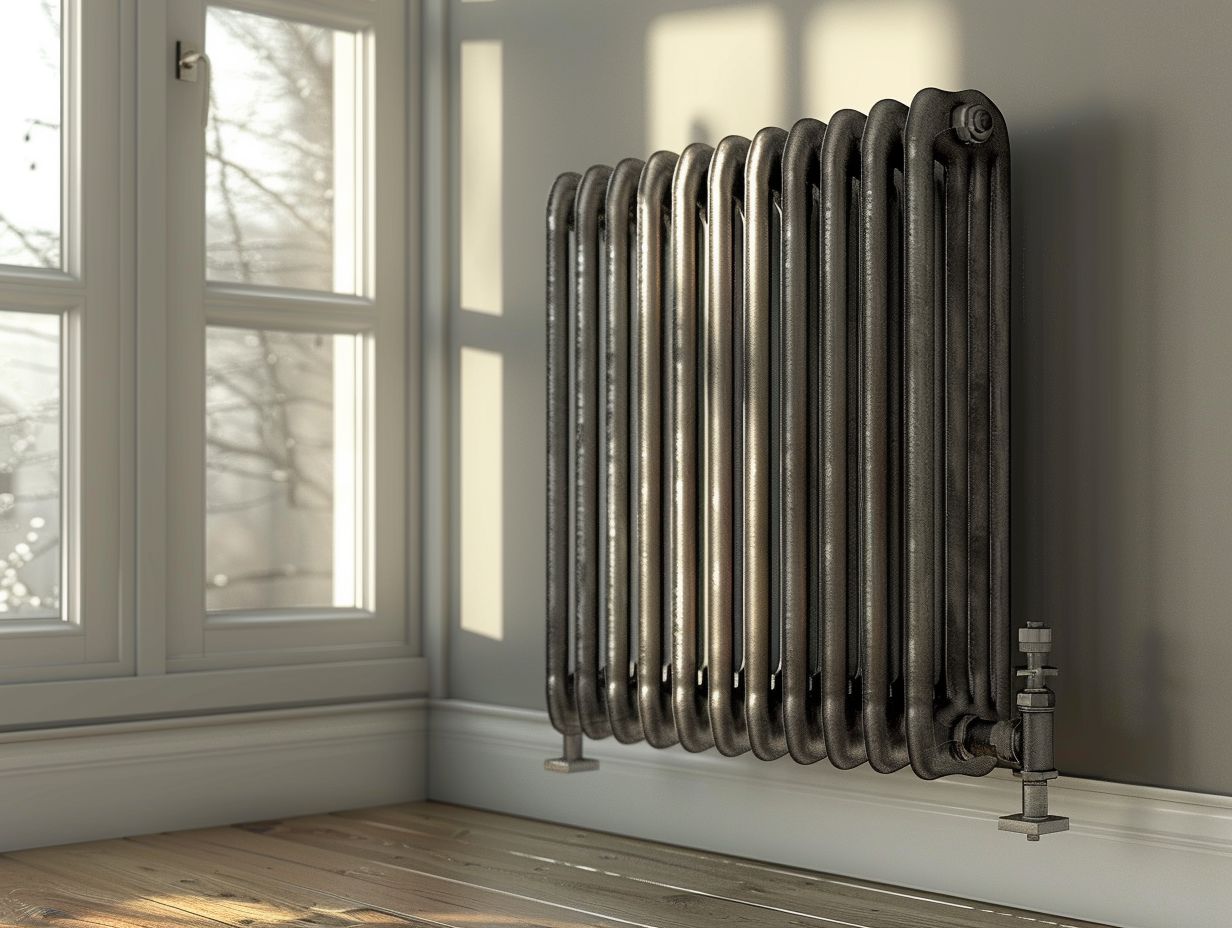
- The lifespan of traditional radiators can range from 15-30 years depending on materials and maintenance.
- Signs of wear and tear include leaks, rust, and uneven heating. Regular maintenance can help extend their lifespan.
- Consider replacement when radiators are beyond repair or for better energy efficiency. Options for upgrading include modern designs and materials.
Factors Affecting Longevity
The longevity of traditional radiators is influenced by various factors, such as the materials used in their construction, the level of maintenance they receive, and the presence of corrosion within the heating system. Understanding these factors is crucial for maximising the lifespan of radiators.
Regular maintenance of radiators plays a critical role in ensuring their efficiency and durability. Routine tasks like bleeding the system, checking for leaks, and performing a powerflush can prevent issues that may decrease the radiator’s lifespan.
Using corrosion inhibitors in the water and selecting high-quality materials during installation or repair of radiators can significantly improve their longevity. By focusing on these key aspects, you can notably extend the lifespan of your radiators and uphold an efficient heating system.
Materials and Maintenance
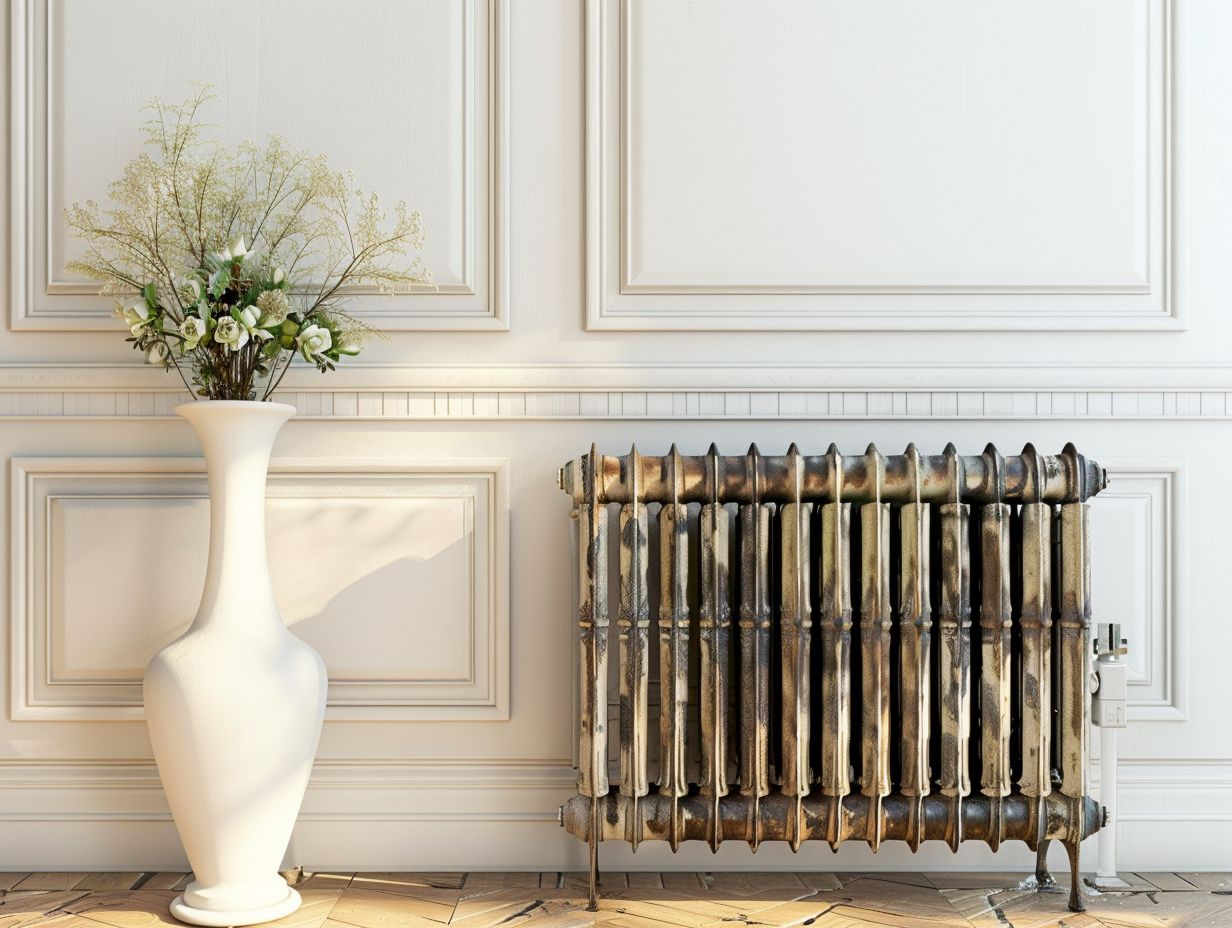
The choice of materials in traditional radiators, such as cast iron, steel, or aluminium, plays a crucial role in determining their longevity and efficiency. Regular maintenance, including power flushing and inhibitor use, is vital for preventing corrosion and ensuring optimal performance.
Each material used in radiators offers unique benefits and considerations. Cast iron radiators are valued for their durability and classic appearance, whereas steel radiators offer sleek and modern designs. Aluminium radiators, conversely, are lightweight and provide rapid heat transfer.
Understanding the properties of these materials enables homeowners to make informed decisions tailored to their specific requirements. Implementing routine maintenance practices, such as power flushing to eliminate debris and applying inhibitors to prevent corrosion, can extend the lifespan of radiators and improve their efficiency.
Signs of Wear and Tear
Identifying signs of wear and tear in traditional radiators is crucial for addressing potential issues in a timely manner. Common indicators to watch out for include cold spots, leaks, unusual noises, and uneven heating, which can be symptoms of underlying problems within the heating system.
If you notice cold spots on a radiator, it could suggest trapped air or sediment buildup, impacting its overall efficiency. Leaks pose the risk of water damage and reduced performance. Unusual noises such as banging or gurgling may indicate the presence of air in the system, while uneven heating could be a sign of piping blockages.
Regular maintenance practices like bleeding the radiator, inspecting for leaks, and maintaining proper water levels can help prevent these issues from escalating. If persistent problems arise, it is advisable to seek professional repair services to optimise the functionality of your heating system.
Common Issues and How to Address Them
Common issues affecting traditional radiators, such as leaks, rust, and inefficient heating, can be addressed through targeted maintenance and repair strategies. By identifying the root causes of these problems, property owners can take proactive steps to restore the radiators’ performance.
Regular maintenance is essential in preventing radiator issues. Checking for water leaks and promptly addressing them will help avoid more significant problems in the future. To combat corrosion, property owners should consider using inhibitors in the water to protect the radiators from rust.
Additionally, bleeding the system annually can enhance efficiency by removing trapped air, ensuring optimal heat distribution. If leaks persist or there are signs of major corrosion, it is recommended to consult a professional to prevent further damage and ensure the longevity of the heating system.
Extending the Lifespan of Traditional Radiators
To maximise the lifespan of traditional radiators, you need to take a proactive approach to maintenance. This includes conducting regular inspections, performing power flushing, and applying inhibitor treatments.
By following these effective maintenance tips, property owners can ensure that their radiators function efficiently for an extended period.
Power flushing is a critical procedure that helps eliminate sludge and debris from within the radiator, leading to improved heat output and a longer lifespan. Using a high-quality inhibitor is essential to prevent corrosion and scale buildup, further boosting the radiator’s efficiency.
It is advisable to schedule professional servicing on a regular basis to detect any issues early and address them promptly. By adhering to these preventive measures, property owners can save energy and experience trouble-free operation of their radiators for many years.
Effective Maintenance Tips
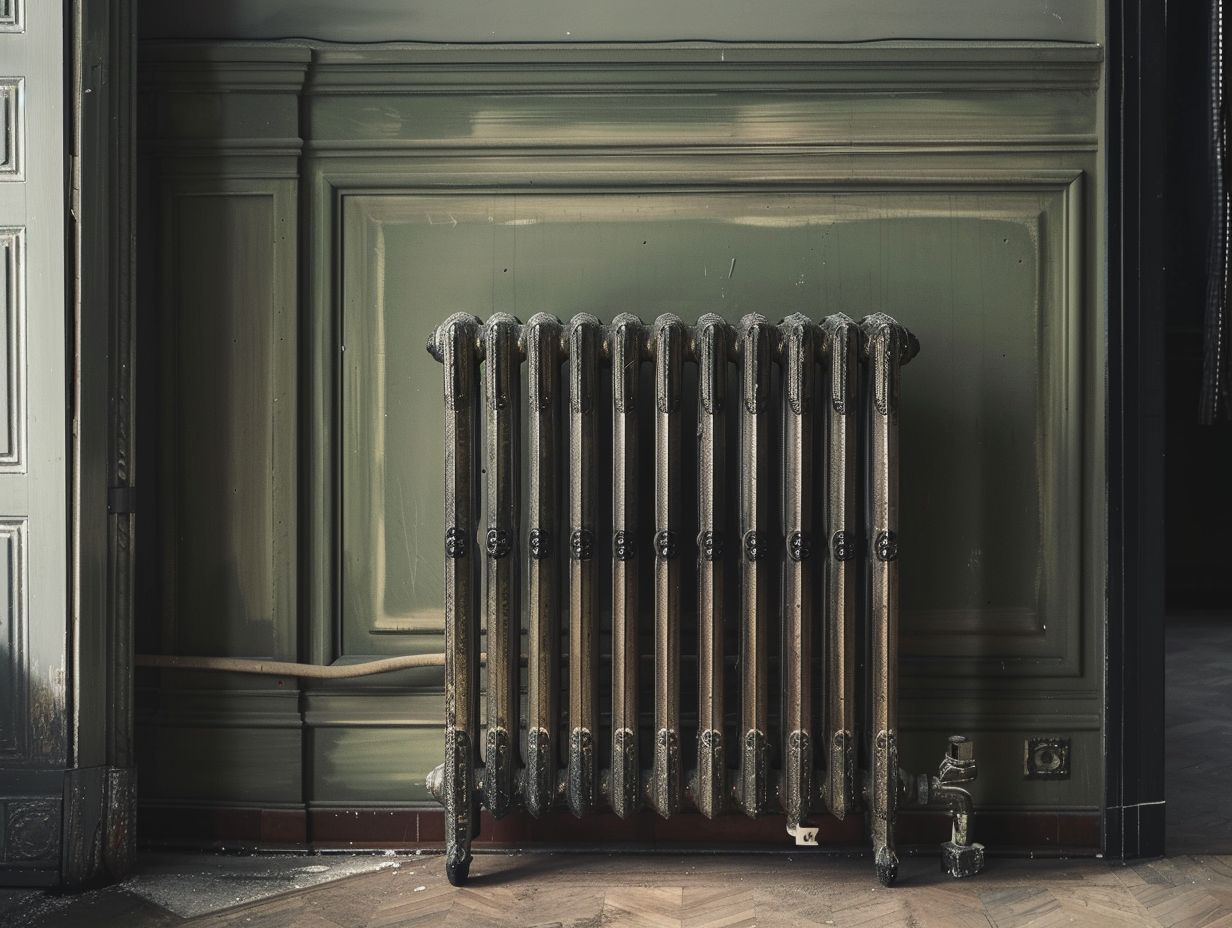
To maintain traditional radiators effectively, you should bleed air from the system, inspect for leaks, assess radiator efficiency, and schedule routine power flushing. By adhering to a structured maintenance regime, property owners can optimise the durability and functionality of their radiators.
It is essential to regularly monitor the water level in the radiator to ensure optimal performance. Insufficient water levels can lead to inadequate heating and potential system damage.
Additionally, regularly checking valves and pipes for leaks or signs of corrosion can prevent water wastage and costly repairs. Early identification of maintenance issues, such as unusual sounds or inconsistent heating, enables prompt corrective action.
Engaging in proactive radiator maintenance not only reduces energy costs but also prolongs the life of the heating system.
Replacing Traditional Radiators
When considering replacing traditional radiators, you should assess the age, efficiency, and condition of your current units to determine if an upgrade is warranted.
The installation of new radiators can improve the performance of your heating system, increase energy efficiency, and enhance the overall value of your property.
Upgrading to modern radiator designs not only enhances the visual appeal of your property but also provides improved functionality. The sleek and compact designs of modern radiators seamlessly complement contemporary interior decor, offering a more modern aesthetic.
Efficiency is a critical consideration, as newer models are often engineered to distribute heat more evenly and effectively throughout a space, ensuring a comfortable environment.
It is essential to consult with a plumber to verify that the new radiators are compatible with your existing heating system and are installed correctly to achieve optimal performance.
When to Consider Replacement?
Knowing when to consider replacing traditional radiators is essential for maintaining a comfortable indoor environment and optimising energy efficiency. Property owners should assess factors like age, corrosion, and efficiency levels to determine if a replacement is warranted.
Signs that it may be time to upgrade your radiators include a decrease in heating system performance, frequent repairs, or outdated designs. Energy-efficient units not only save on utility costs but also contribute to a more eco-friendly home.
By replacing old radiators, you can improve the overall efficiency of your heating system and reduce the risk of sudden breakdowns. Upgrading to modern radiators can bring a noticeable difference in comfort and reliability, ensuring a consistent and evenly distributed warmth throughout your space.
Options for Upgrading
When exploring options for upgrading traditional radiators, you can choose from a variety of modern designs, energy-efficient models, and advanced heating systems to enhance the comfort and efficiency of your property. The right upgrade option can have a significant impact on improving heating performance and lowering energy costs.
Within the range of modern designs available, sleek panel radiators or stylish vertical models can bring a touch of contemporary style to any room. Energy-efficient models like aluminium radiators or double-panel options not only deliver effective heating but also help reduce overall energy consumption.
If you are interested in incorporating smart technology, consider programmable thermostats or Wi-Fi-enabled controls for precise temperature regulation and customisable heating schedules.
It is essential to consider compatibility with existing heating systems and the overall aesthetics of your property when selecting an upgrade to ensure seamless integration and maximise efficiency benefits.
Frequently Asked Questions
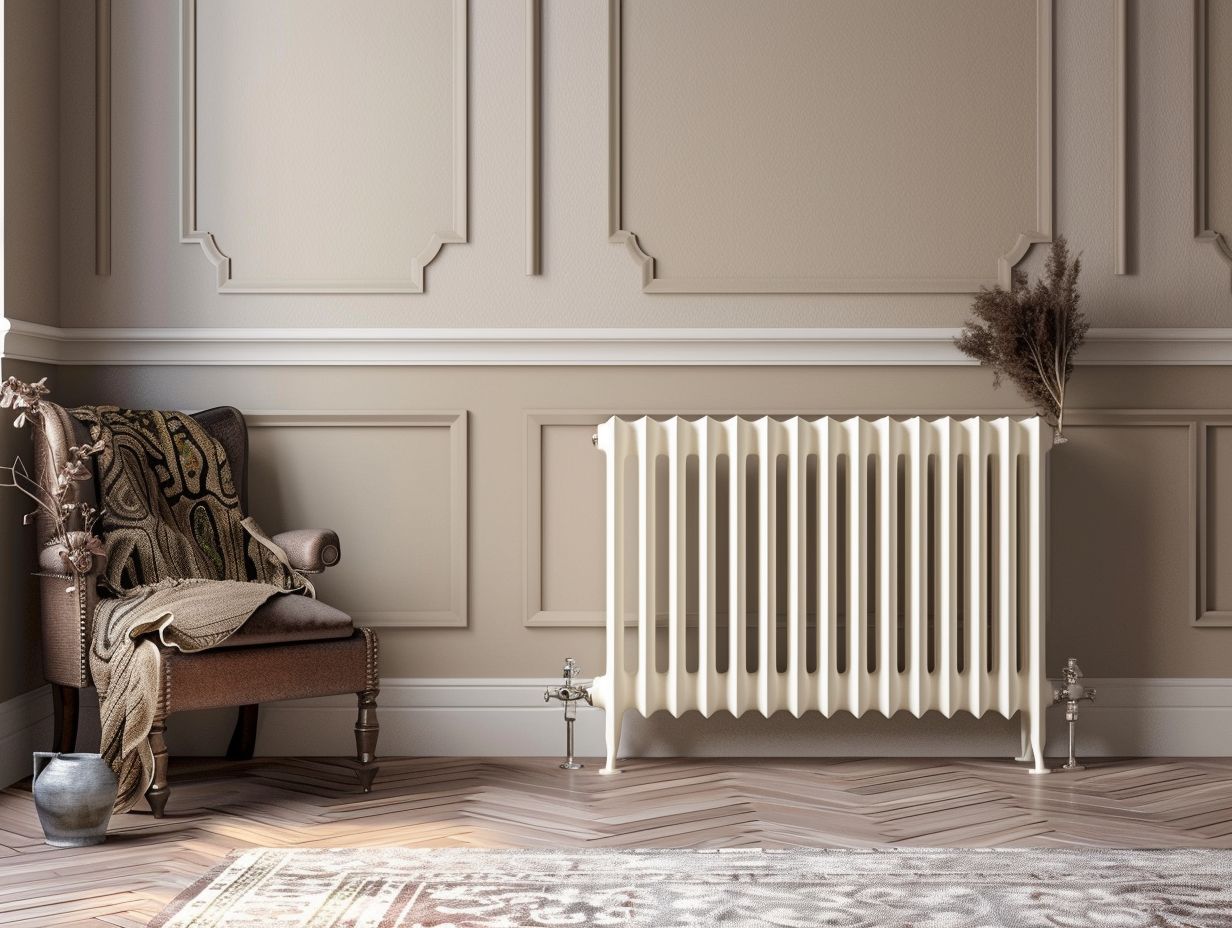 $
$
What Are the Longevity Expectations of Traditional Radiators?
The longevity expectations of traditional radiators vary depending on several factors such as the material, maintenance, and usage. On average, traditional radiators can last anywhere from 15 to 25 years.
What factors affect the longevity of traditional radiators?
The material of the radiator, frequency of maintenance, and usage patterns are some of the main factors that can affect the longevity of traditional radiators.
What materials are traditional radiators typically made of?
Traditional radiators are typically made of cast iron, steel, or aluminum. Cast iron radiators have the longest lifespan, while aluminum radiators may not last as long due to their susceptibility to corrosion.
How often should traditional radiators be maintained?
To ensure the longevity of traditional radiators, it is recommended to have them inspected and maintained at least once a year by a professional. This can help identify any potential issues and ensure proper functioning.
What can be done to extend the lifespan of traditional radiators?
Regular maintenance, avoiding harsh chemicals or cleaning products, and proper usage can all help extend the lifespan of traditional radiators. It is also important to repair any leaks or damages as soon as they are detected.
Is it possible to repair or replace parts of a traditional radiator?
Yes, it is possible to repair or replace certain parts of a traditional radiator if they become damaged or worn out. However, it is important to consult a professional to ensure proper repairs and avoid any potential safety hazards.

